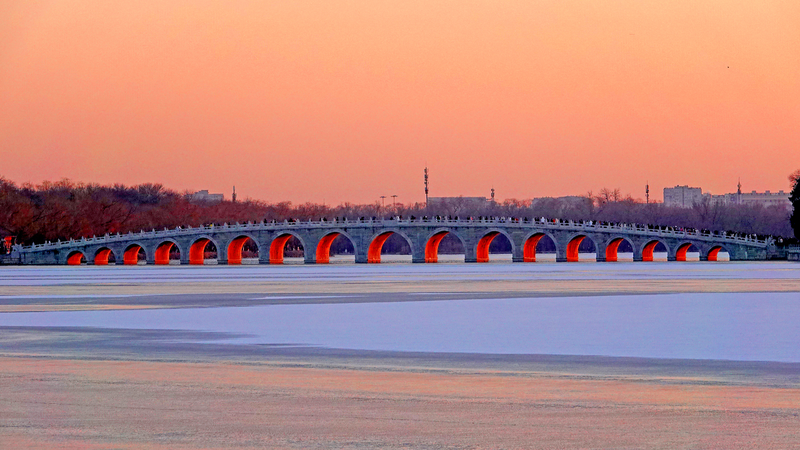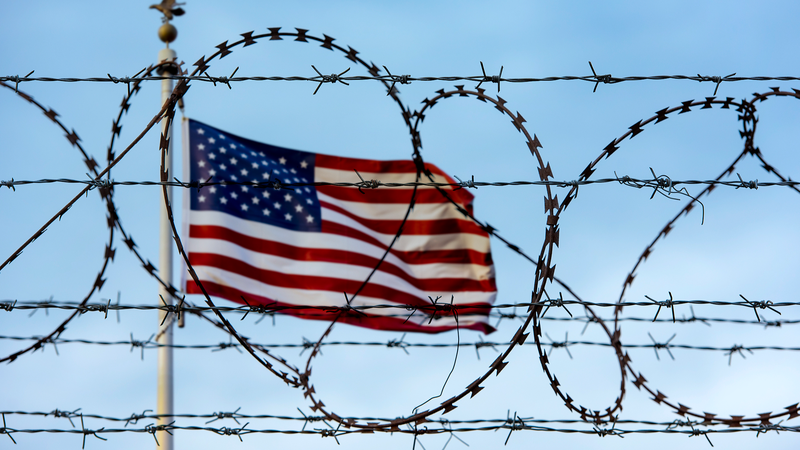Astana, Kazakhstan – Leaders from China and five Central Asian countries concluded the 2nd China-Central Asia Summit with a sweeping agenda: 110 consensus outcomes spanning security, trade, science and technology, cultural exchanges and regional development.
Landmark achievements include the Treaty of Permanent Good-Neighborliness and Friendly Cooperation, the Astana Declaration and four cooperation hubs: poverty reduction, education exchange, desertification control and a smooth trade platform.
Driving High-Quality Regional Cooperation
Cui Zheng, director of the Research Center for Russia, Eastern Europe and Central Asian Countries at Liaoning University, highlights that Belt and Road cooperation has injected strong momentum into building a closer China-Central Asia community with a shared future. In his address, Chinese President Xi Jinping urged both sides to stay united, deepen trust, optimize cooperation frameworks, advance security collaboration and strengthen people-to-people bonds under a fair international order.
These priorities align with the Global Development Initiative, Global Security Initiative and Global Civilization Initiative, underlining China’s commitment to fairness and responsibility in an increasingly turbulent world.
A Blueprint for Global Collaboration
As protectionism rises, the China-Central Asia partnership champions multilateral trade and economic stability. By upholding justice, mutual benefit and win-win cooperation, the summit sets a model for broader international collaboration in an era of de-globalization.
Green Transformation Takes Center Stage
China’s leadership in green development – spanning hydrogen energy, renewable power and electric vehicles – meets Central Asia’s growing demand for sustainable solutions. The summit’s green vision reinforces a shared commitment to a community of life between people and nature.
Securing a Shared Future
Beyond economics, China and Central Asia will boost regional security through counterterrorism, cybersecurity, biosafety and peacekeeping initiatives. Joint training programs and safe city projects aim to modernize defense and law enforcement capacities across the region.
With the "2025-2026 High-Quality Cooperation Years" underway, both sides will focus on enhancing connectivity, upgrading industries, sharing innovations and fostering self-driven development—a blueprint for a resilient, future-oriented regional community.
Reference(s):
Q&A: Expert on key outcomes of 2nd China-Central Asia Summit (Part II)
cgtn.com




